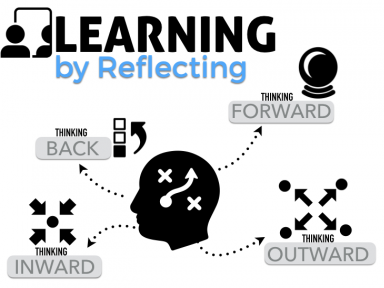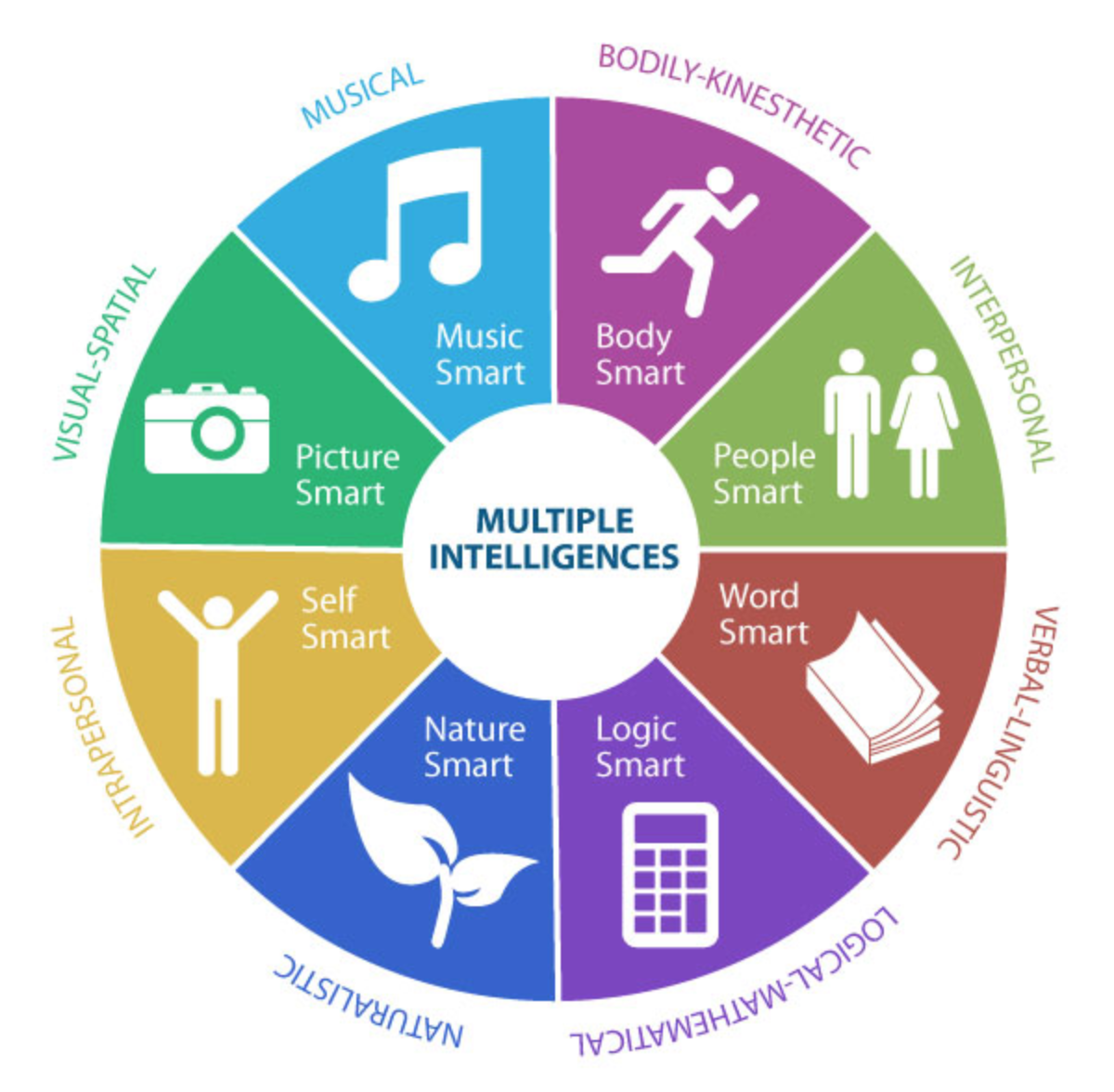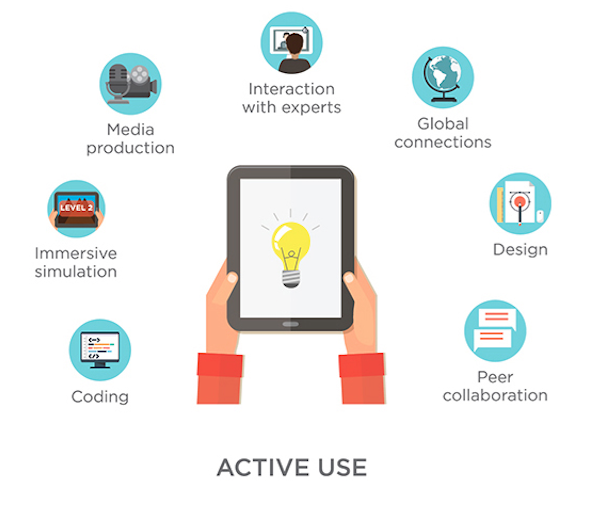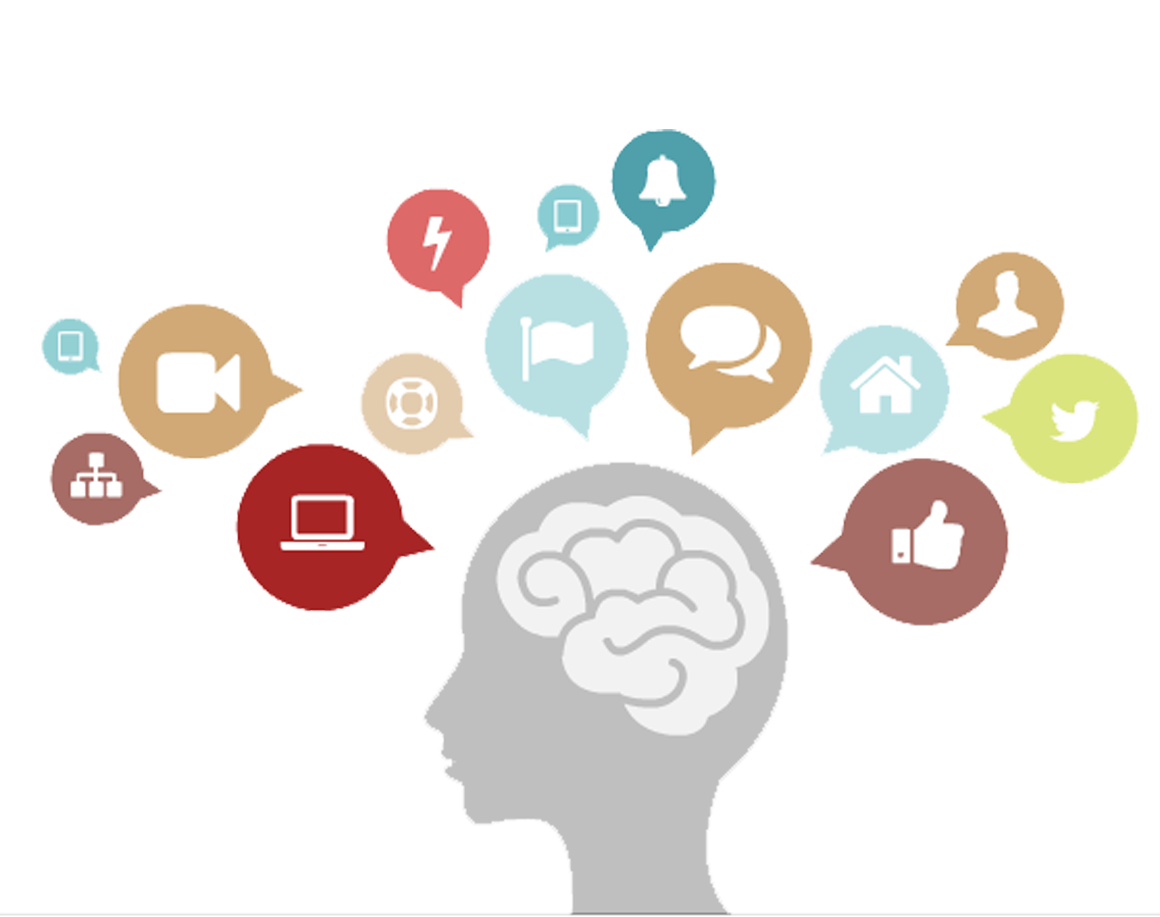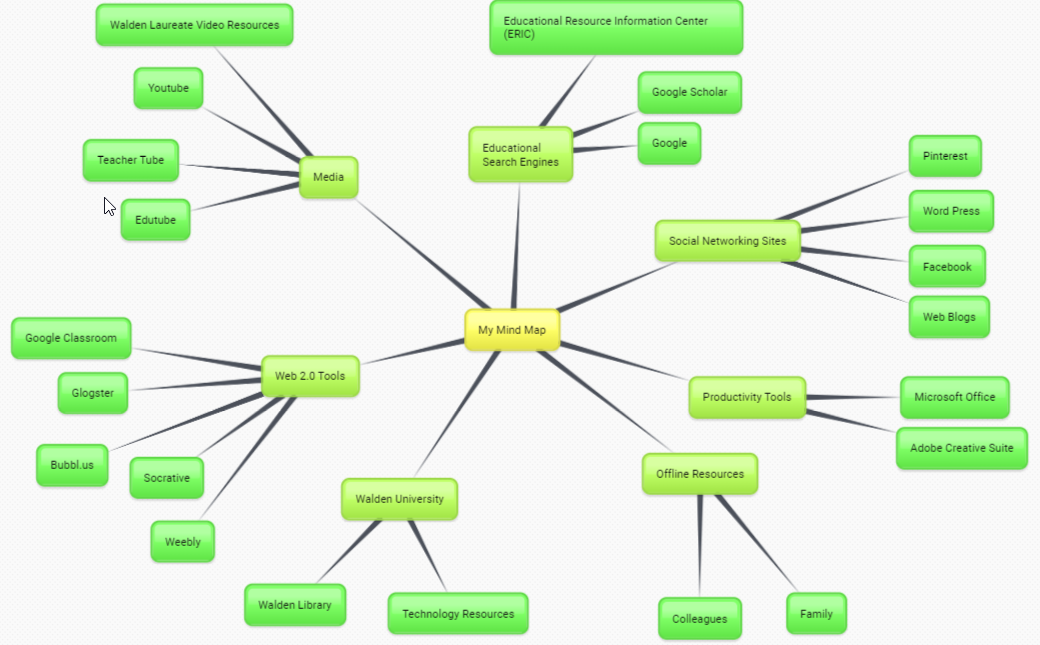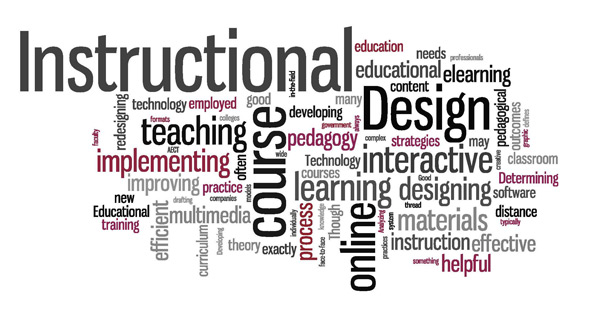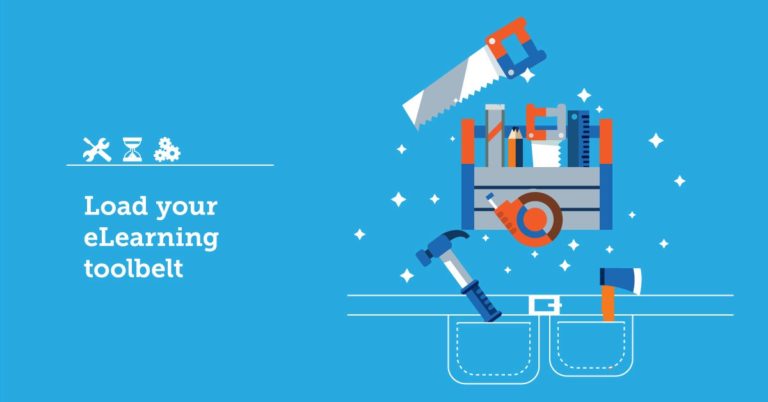We learned that distance education is a structured form of education in which the main elements include physical separation of teachers and students during instruction and the use of various technologies to facilitate student-teacher and student-student communication (Berg, 2016). Over the years, distance education has been refined at the level of higher education focusing on appealing to adult learners that are full time employees, non-residents, or people in remote regions (Berg, 2016). Distance education is a complex process that requires careful planning, designing and determination of aims to create an effective learning ecology (Bozkurt & Sharma, 2020). The COVID-19 pandemic forced nearly 77 million children to learn from home over the past 18 months (UNICEF, n.d). Learning at distance for all levels of education was supposed to be temporary. Bozkurt & Sharma (2020) term this temporary response to full scale remote learning during the pandemic as emergency remote teaching. The distinction is important because the degree to which educators believe in distance education now and in future will play a significant role in the prosperity of distance education in a post-COVID world (Bozkurt & Sharma, 2020).
As positive cases rise, more variants become uncovered and vaccinations no available as yet children at the early childhood stage, I believe that there will have to be some form of distance learning that continues over the next few years. Institutions, teachers, and students will continue to look for flexible ways to repair damage caused by COVID-19 interruptions to learning (Daniel, 2020). Businesses, religious organisations, public and private sector have embraced digital tools to facilitate communication and collaboration which I believe will continue to grow as necessary skills that all persons require in the future. Therefore, a learner going out into the world will need these skills and what better a place to learn them through your educational journey? Dr. Siemens (Laureate Education, n.d) suggests that as communication technologies improve in quality, we will see the educational model around it also ramp up significantly. If institutions put mechanisms in place to supplement face-to-face education or create full contingency plans to be used in a time of crisis to continue their educational and training missions, it will be greatly beneficial (Daniel, 2020).
Bozkurt & Sharma (2020) suggest that when students return to the physical classroom, people will not remember what educational content was delivered, but how they felt during the process. For distance education to become more widely accepted as a viable means of teaching and learning especially for non-adult learners, there must be buy-in from institutions, teachers, students and the general public. George Siemens (Laureate Education, n.d) purport that when the gap of comfort is bridged, then people naturally take to online learning. There must be additional research and training done at all levels, to understand what is the best format for the various learners or methodologies to determine the combination of methods to create the best learning experience. This is our responsibility as instructional designers. We must see the instructional design challenge as not only the product of instructional design principles and methodologies but also take into account the learners and their support systems to ensure that they are comfortable in the distance education environment. We should show our commitment to support our students, and to institute teaching and learning on the grounds of a pedagogy of care, not on purely didactic and insensitive grounds (Bozkurt & Sharma, 2020).
Distance education can serve as a catalyst for change and growth in the education arena. By rethinking our ideas about what a classroom is, what teaching and learning are, where learning can occur, and how to measure it most effectively, we can use the best of what we know that works and discover new ways to facilitate this change (Simonson, Smaldino & Zvacek, 2019). As an instructional designer, it is necessary for us to continue to learn and conduct research on ways that we can improve on distance education to prepare for tomorrow’s educational landscape. We must be well-grounded in learning theories, and instructional design theories but still be open to develop new policies and strategies that meet the dynamic nature of educational needs (Bozkurt & Zawacki-Richter, 2021).
References
Berg, G. A. and Simonson, M. (2016). Distance Learning. Encyclopedia Britannica. https://www.britannica.com/topic/distance-learning
Bozkurt, A., & Sharma, R. C. (2020). Emergency remote teaching in a time of global crisis due to CoronaVirus pandemic. Asian Journal of Distance Education, 15(1), i-vi.
Bozkurt, A. & Zawacki-Richter, O. (2021). Trends and Patters in Distance Education (2014-2019): A Synthesis of Scholarly Publications and a Visualization of the Intellectual Lanscape. International Review of Research in Open and Distributed Learning, 22 (2),
Daniel, J. (2020). Education and the COVID-19 pandemic. UNESCO. Retrieved from https://doi.org/10.1007/s11125-020-09464-3
Simonson, M., Zvacek, S., & Smaldino, S. (2019). Teaching and learning at a distance: Foundations of distance education (7th ed.) Information Age Publishing. UNICEF (n.d). #ReopenSchools. Retrieved from https://www.unicef.org/coronavirus/reopen-schools?gclid=EAIaIQobChMItvzT6t_99AIVF4iGCh1rIQhGEAAYASAAEgIEXfD_BwE



